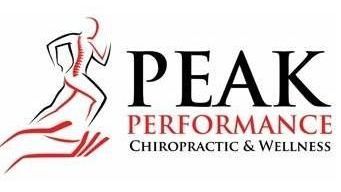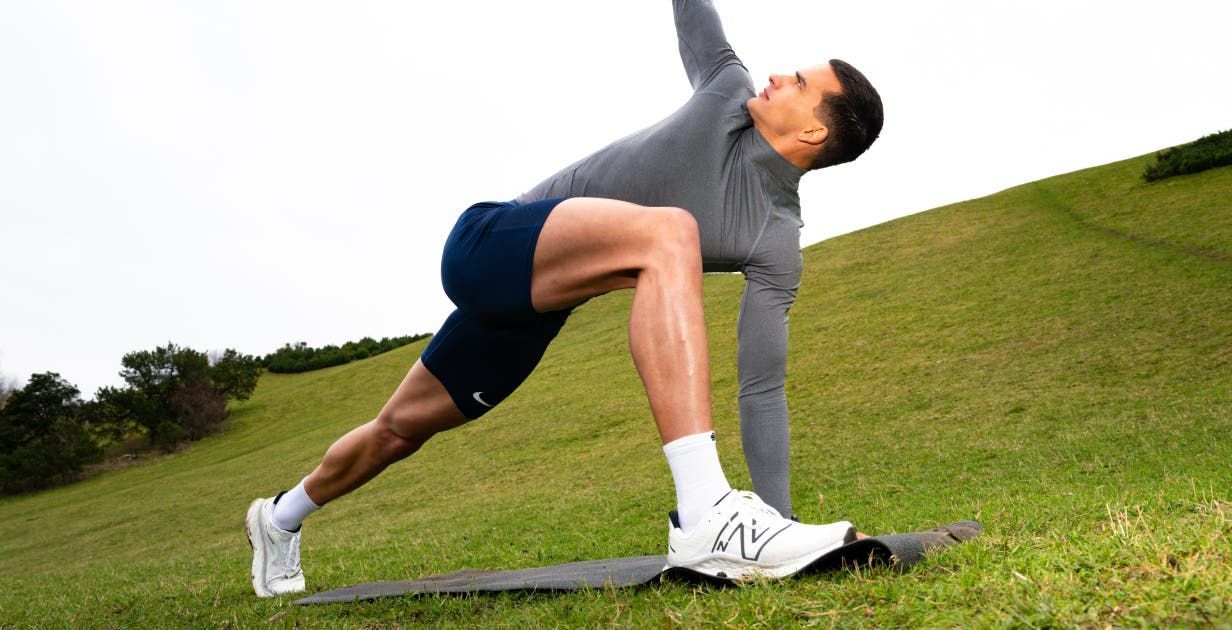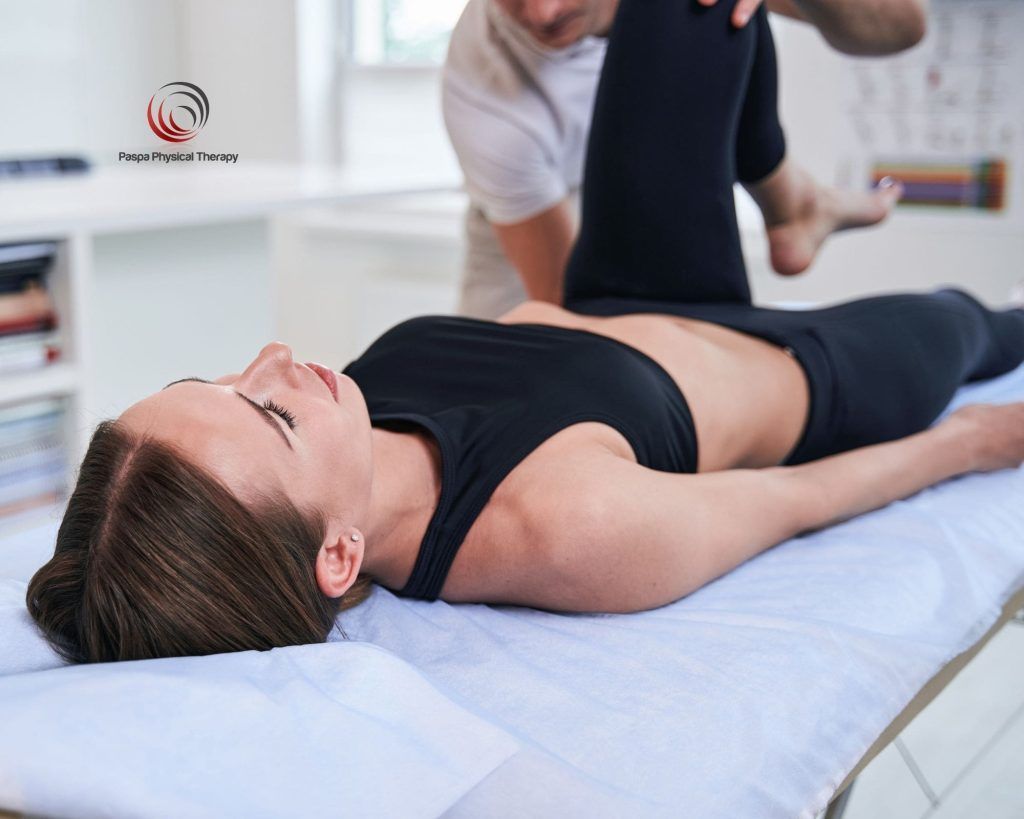Frozen Shoulder: A Pain in the Neck (and Shoulder!)
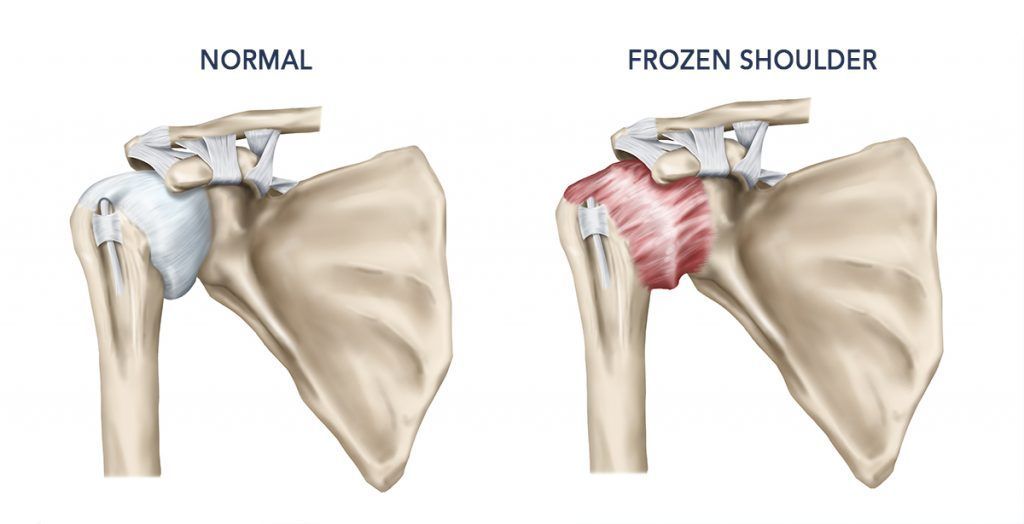
What is Frozen Shoulder?
How Does Frozen Shoulder Occur?
While anyone can develop a frozen shoulder, certain factors increase the likelihood of it happening. Here are the main culprits:
- Injury or Surgery: If you’ve had a shoulder injury (think rotator cuff tear or dislocation), or if you’ve undergone surgery and haven’t moved your shoulder much afterward, the shoulder joint might become stiff, leading to frozen shoulder. It's like the joint has been hibernating for too long and doesn't want to come out of its shell.
- Age and Gender: Frozen shoulder is more common in people between the ages of 40 and 60, and it’s more common in women. As if being a woman in your 40s isn’t challenging enough (we see you, ladies), this is just another reminder that our bodies love to throw curveballs.
- Health Conditions: Conditions such as diabetes, heart disease, or thyroid problems can increase the risk of developing frozen shoulder. It’s one of those frustrating conditions that can be tied to other health issues, like the weather here in Buffalo—never quite predictable and always ready to surprise you.
- Lack of Movement: If you have a lack of shoulder movement for any reason—such as prolonged immobility due to illness or injury—your shoulder capsule might stiffen. Think of it as your shoulder’s way of saying, “Oh, we’re not doing anything? Okay, I’ll just take a nap.” But when it wakes up, it’s much harder to move!
The Stages of Frozen Shoulder
- Freezing Stage: This is where you start noticing pain in your shoulder, especially when moving it. You might also feel like the pain is increasing over time and limiting your range of motion. Think of it as the moment winter arrives, and you realize you might need more than just a jacket to get through the cold.
- Frozen Stage: The pain might decrease a bit, but now your shoulder becomes very stiff. You struggle to move your arm, and everyday tasks—like reaching for your coat—become incredibly challenging. This is when your shoulder feels like it’s encased in ice.
- Thawing Stage: Here’s the good news! The frozen shoulder starts to improve. Your range of motion begins to return, and while you’re not yet completely back to normal, you can move around a little easier. It’s like when you get that first taste of warmth after a brutal Buffalo winter—finally, a bit of relief!
How to Treat Frozen Shoulder
- Physical Therapy: Physical therapy is often the go-to treatment for frozen shoulder. A trained physical therapist will guide you through gentle stretches and strengthening exercises designed to gradually improve your range of motion. It’s like getting your shoulder back into “running” shape after a long break.
- Chiropractic Care: Chiropractic adjustments can help with frozen shoulder by improving joint mobility and addressing any musculoskeletal imbalances in the shoulder and surrounding areas. Just like a chiropractor can help realign your spine after a long day of sitting in the cold, they can also work on your shoulder to increase range of motion and reduce discomfort.
- Massage Therapy: Deep tissue and therapeutic massage can help loosen up tight muscles around the shoulder joint. Massage increases blood flow and relaxes the soft tissues, which can help with the stiffness and pain caused by frozen shoulder. It’s like melting the ice on your shoulder—literally!
- Medications: Over-the-counter pain relievers like ibuprofen or acetaminophen can help ease the pain associated with frozen shoulder. If the pain is more severe, your doctor might recommend prescription medications or even corticosteroid injections to reduce inflammation. Think of this as your shoulder’s winter coat—providing some extra protection against the elements.
- Heat and Ice: Applying heat to your shoulder can help relax the muscles and improve flexibility, while ice can help reduce inflammation and numb the pain. A balance of both might be just what you need to feel like you’ve survived a Buffalo winter, only to emerge with a thawed-out shoulder!
- Surgical Options: In rare cases, if conservative treatments don’t help, surgery may be necessary to remove scar tissue or release the tight capsule around the shoulder. However, this is typically a last resort after all other options have been explored.
How to Prevent Frozen Shoulder
While we can’t predict the next snowstorm in Buffalo, there are a few things you can do to prevent frozen shoulder from taking hold:
- Stay Active: Keeping your shoulder moving and flexible is key to preventing frozen shoulder. Regular stretching and strengthening exercises can help keep your shoulder joint healthy and mobile. It’s like giving your shoulder a winter coat, ensuring it stays warm and well-protected all year long.
- Don’t Ignore Injuries: If you injure your shoulder or have surgery, make sure to follow your doctor’s advice for rehabilitation. Staying on top of recovery can prevent the shoulder from stiffening up in the first place.
- Manage Health Conditions: If you have diabetes, heart disease, or thyroid issues, work with your healthcare provider to manage those conditions effectively. Taking care of your overall health can help prevent frozen shoulder from making an unexpected appearance.
- Posture Awareness: Good posture helps reduce the strain on your shoulder joints. Make sure you’re not hunching over or putting undue stress on your shoulders, especially when sitting at a desk or during physical activity.
Final Thoughts
Stay warm, stay active, and don’t let your shoulder go cold on you!

When it comes to filling a stocking, there’s something magical about tiny treasures that pack a big punch. Sure, candy canes and fuzzy socks are classics—but what if your stocking stuffers could actually make someone feel better long after the holiday sugar crashes fade? This year, level up your gifting game with wellness-forward, feel-good, wow-that’s-so-useful ideas curated with your favorite chiropractic and massage office in mind. Whether you’re shopping for the gym buff, the “my neck hurts every day” coworker, the parent who needs a moment of peace, or that friend who swears they’re finally going to prioritize self-care in the new year, we’ve got you covered. Here are our top stocking stuffers that are cute, practical, and chiropractor-approved.

Thanksgiving is the time of year when we pause to appreciate the big things—family, food, football, and maybe even a perfectly flaky pie crust. But there’s one thing we often forget to be grateful for: our bodies . Every day, your muscles, joints, and connective tissues do a whole lot more than you realize. They carry you through grocery store marathons, marathon-marathons, late-night study sessions, workdays, workouts, and everything in between. So this season, before you grab that second helping of mashed potatoes (no judgment here), take a moment to thank the parts of you that keep you moving. Here are five simple, meaningful ways to show your body a little gratitude—and feel better in the process.
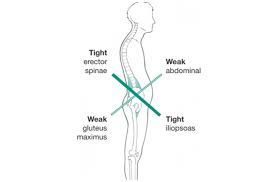
If you’ve ever stood up after a long day at your desk and thought, “Why does my lower back feel like it’s been personally offended?”—you’re not alone. In fact, your posture may be telling a whole story. Enter Lower Cross Syndrome (LCS) : a common postural pattern that shows up when certain muscle groups decide to overachieve while others go on vacation. The good news? You can absolutely fix it—and your favorite chiropractic and massage team is here to help.

As the temperature drops and the days get shorter, winter brings cozy nights, comfort food, and—for many—an uptick in sniffles, coughs, and the flu. While we can’t control every germ that crosses our path, we can support our immune systems to better defend against them. A strong immune system is the body’s best defense against seasonal illnesses, and with a few intentional habits, you can give yours a well-deserved boost this winter. Let’s break down some evidence-based ways to keep your immune system in top shape through the colder months.

Fall in Buffalo is beautiful—the crisp air, the smell of bonfires, and, of course, the sea of colorful leaves blanketing your yard. But before you grab your rake and get to work, it’s worth talking about something most people don’t think about until it’s too late: the physical toll of yard work. Raking may seem harmless, but poor technique, repetitive motion, and improper lifting can lead to back pain, muscle strain, and even more serious injuries. Here’s what you should know about protecting your body during fall cleanup—and how chiropractic and massage care can help you recover and stay strong all season long.
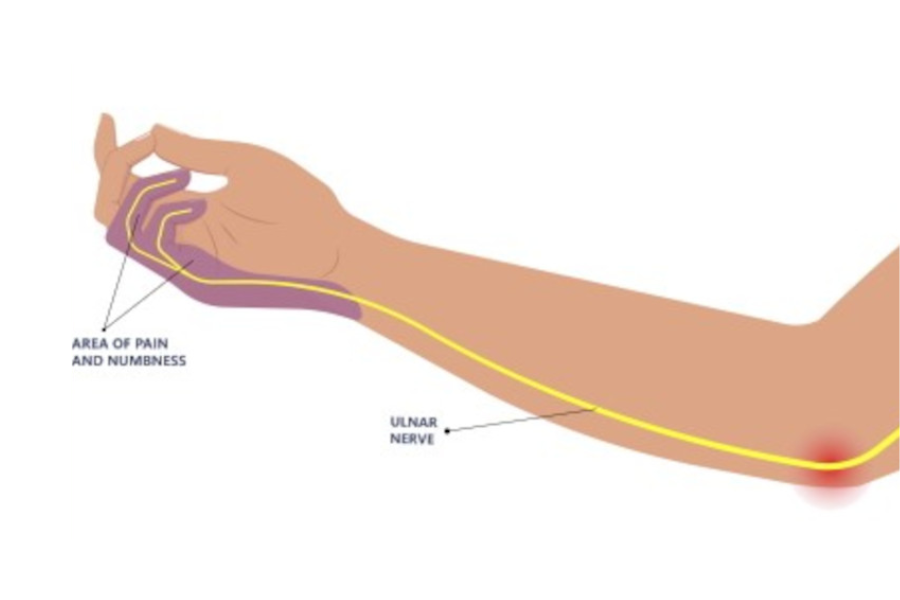
We’ve all hit our “funny bone” before — that zinger of tingling pain shooting down your arm that you shake out. But when that sensation starts happening without bumping your elbow, it might not be so funny anymore. You could be dealing with something called Cubital Tunnel Syndrome — a condition that gives your ulnar nerve a bit too much attention for comfort. Let’s break down what’s going on inside that elbow of yours, what causes this pesky problem, how to treat it, and what you can do to keep your funny bone feeling more “fun” than “numb.”

We all know that a good night’s sleep can make or break your day. But what many people don’t realize is that the position you sleep in plays a huge role in how rested—and pain-free—you feel when you wake up. The way you lie in bed can either support your spine and muscles or set you up for stiffness, discomfort, and even long-term issues. As chiropractors and massage therapists, we see the effects of poor sleep posture every day. The good news? With a few simple tweaks, you can protect your spine, reduce strain, and get the most out of your nightly rest. In this post, we’ll break down the best ways to sleep on your back and side, why stomach sleeping isn’t your spine’s best friend, and how the right pillow can make all the difference.

